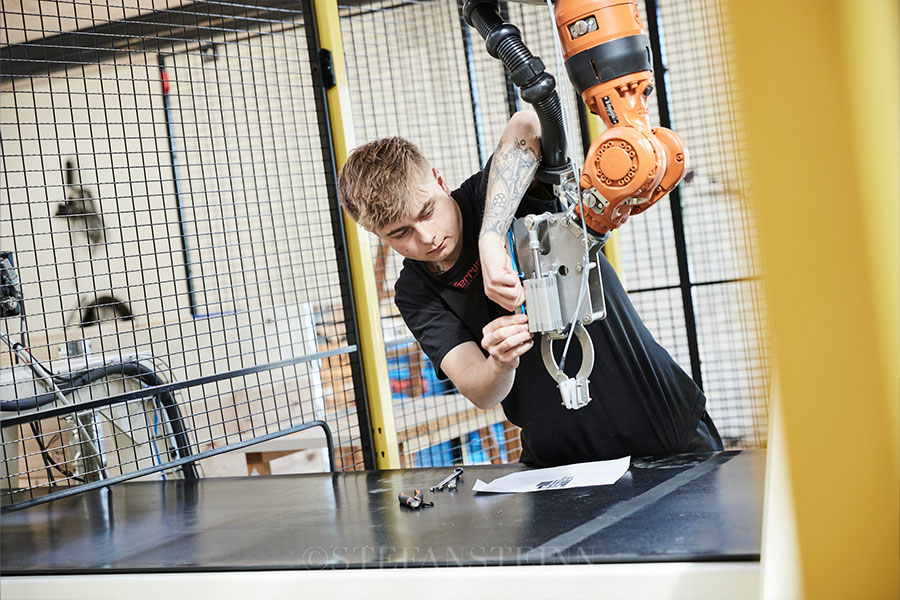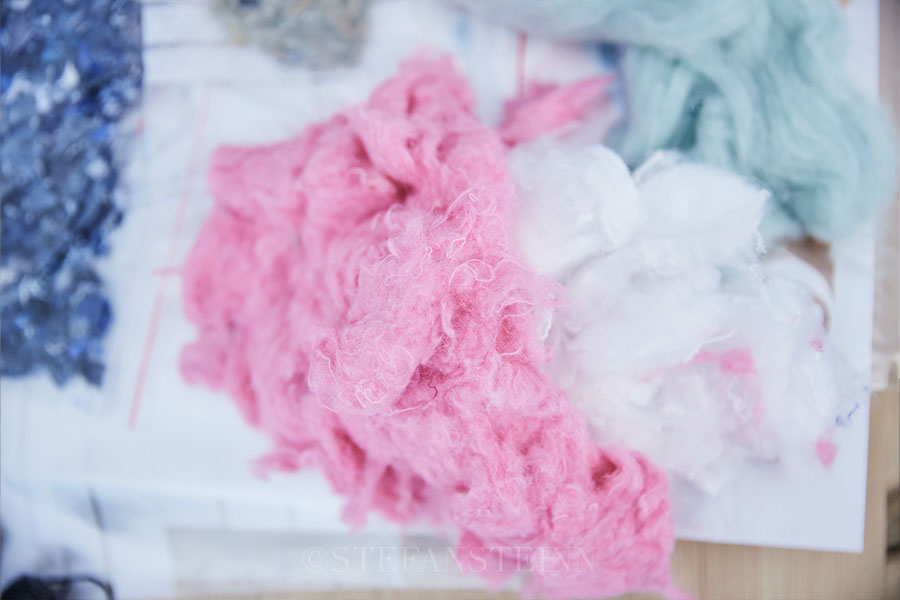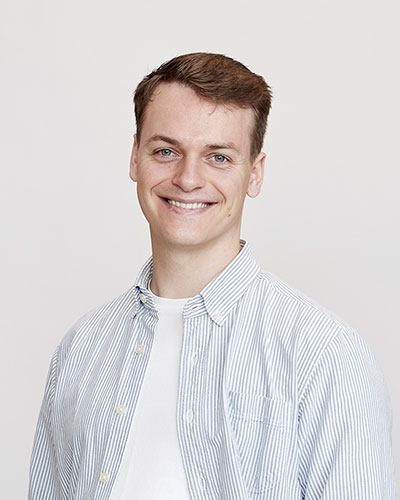Where are we today?
Mechanical recycling of pure cotton is already a well-established technology, while chemical recycling of polyester is still in development. It is anticipated that, when fully developed, up to 70% of textile waste can be recycled and reemerge as new fibers. Currently, this stands at less than 1%.
While 70% of textile waste can be transformed into new fibers, the remaining 30% can eventually enter open-loop recycling or synthetic gas production (McKinsey).
Waste Collection
The collection of textile waste is mandated by law in Denmark, as collecting it is a prerequisite for recycling.
The next step is the sorting of textile waste, involving a pre-sorting stage where all saleable textiles are set aside for resale, and non-usable waste is separated.
Subsequently, NewRetex's automated sorting facility ensures efficient and documented sorting based on material type, material composition, color and structure. The subsequent processes are currently not in-house but are still in the planning stages. This includes tasks such as shredding, removal of accessories, and other processes.





